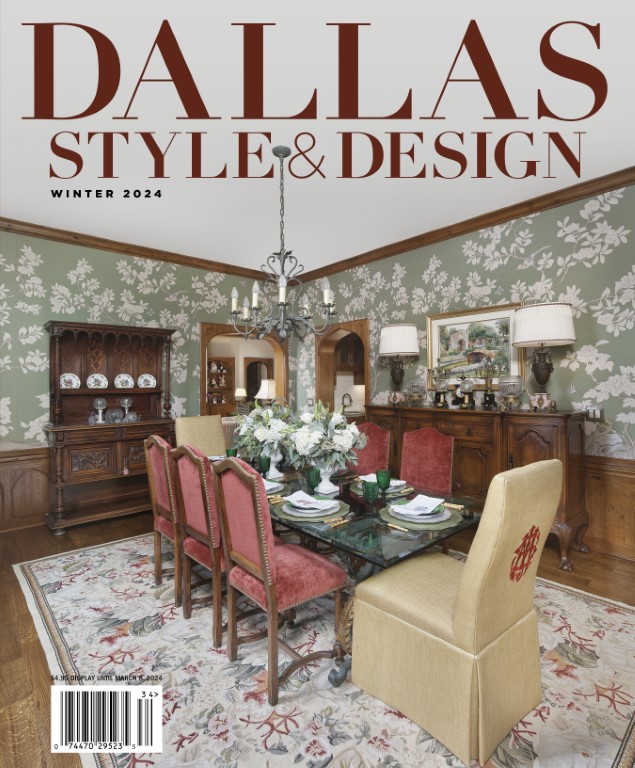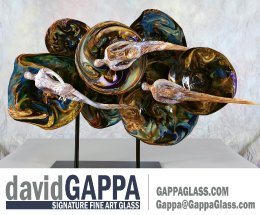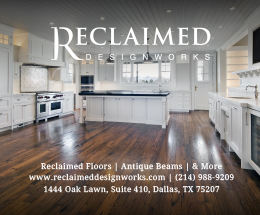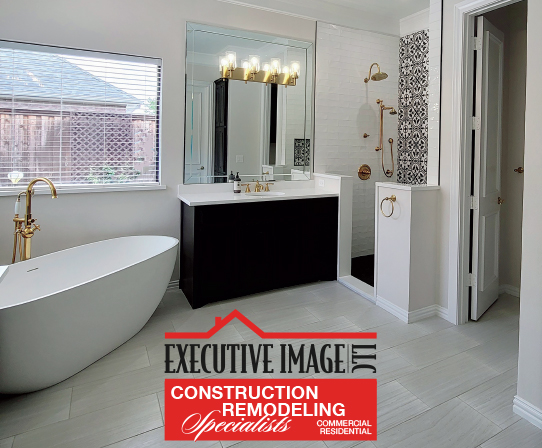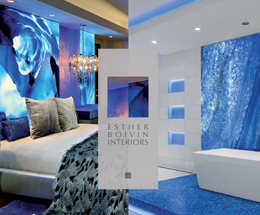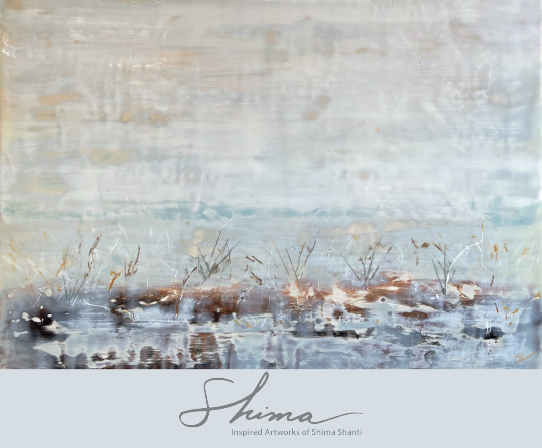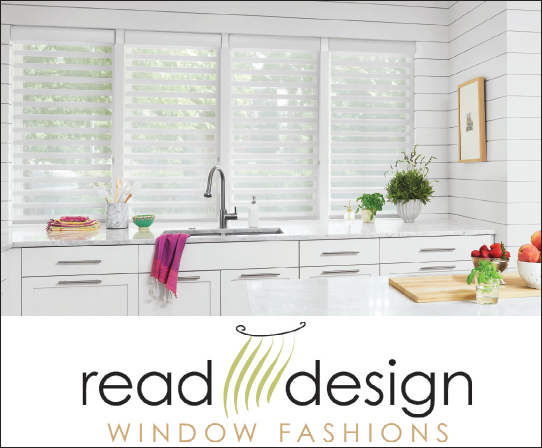You probably don’t think twice about the walls in your house, office or anywhere else you go. They’re drywall with tape, spackle and paint. Maybe they’re plaster and paint, if they’re really old.
But your walls don’t have to be like everyone else’s. They can Photographs by American Clay Enterprises be interesting, beautiful, natural and healthy. They don’t have to be covered in paint.
You can use clay.
Yes, the stuff from which artists fashion beautiful vases and dishes and decorative works can cover your walls and add a unique aesthetic while living in harmony with the environment and protecting your health.
Artist and painter Croft Elsaesser had been experimenting with various media when he discovered that clay, when transformed into a plaster and applied to drywall or other surfaces, provided a pleasing textural look. With natural pigments added to the clay, he could achieve most colors he wanted, but without the monochromic flatness or gloss that paint presents. Walls covered in clay have a more natural, three-dimensional quality that works in a variety of settings.
Thus began American Clay Enterprises in Albuquerque, New Mexico, the original earth plaster made in the United States. All the pigments have been created with natural oxides and ochres, resulting in a truly balanced, integral color system. Since all the colors come from the earth, you won’t find otherworldly colors in the collection, but there are plenty to choose from. American Clay offers 224 colors in the original line and 15 colors in the Illumina/ Forte White series.
If clay conjures images of adobe huts and Southwest themes, it’s time for some mind expanding. American Clay’s website boasts photos from a variety of home types in a multitude of settings, including a stunning, rustic Florida home that features exposed wood and a modern home in New Zealand with floating staircases and concrete- looking walls. Both homes highlight the varied texture of clay walls. In some rooms, the walls step back, leaving other features more prominent; in other cases, the uniqueness of the clay plaster walls prevail.
A variety of architectural styles work with clay walls, including industrial chic and rustic modern, as demonstrated in the current portfolio of commercial projects where American Clay has been used. MAC Cosmetics, Aesop’s skin care and Origins are just a few places where American Clay graces the walls. “However, if the goal is to achieve midnight black or reflective white walls, or if you’re looking to do hot pink polka dots, clay may not be for you,” says Elsaesser. “With clay, you want the plaster colors to naturally work with the home.”
Believe it or not, clay plaster is easier to apply than one would think. It’s troweled on, which means each applicator’s “hand” will lend a unique style to the application. Nearly a third of American Clay’s sales are to DIYers who seek to make a bit of a statement with their walls. American Clay is also quite popular with contractors aiming for a luxury touch at a more reasonable price point.
Aside from the aesthetic attributes, the nontoxic clay plasters offer many unexpected health benefits. Clay walls improve air quality, buffer humidity, resist mold and mildew, and boast the lowest carbon footprint per pound of any interior wall finish. Being porous, clay absorbs moisture then slowly releases it back into the air. Lower humidity retards the growth of mold and mildew. The plaster doesn’t attract dirt and pet hair the way paint does. Due to the natural mineral pigments, the colors will not fade, but if you want to update the color, just trowel on a new layer, simple as that!
A customer in Seattle discovered the power of clay walls, though not necessarily the way he had expected. As the owner of a spectacular home with huge windows overlooking Puget Sound, he anticipated visitors would marvel at the view. Instead, says Elsaesser, they marveled at the walls.
“For me, the joy is reintroducing earth to our lives,” says Elsaesser, “because so much is taking us away from that.”
Barry Waldman is principal of Big Fly Communications, a PR firm for nonprofits and small businesses.

